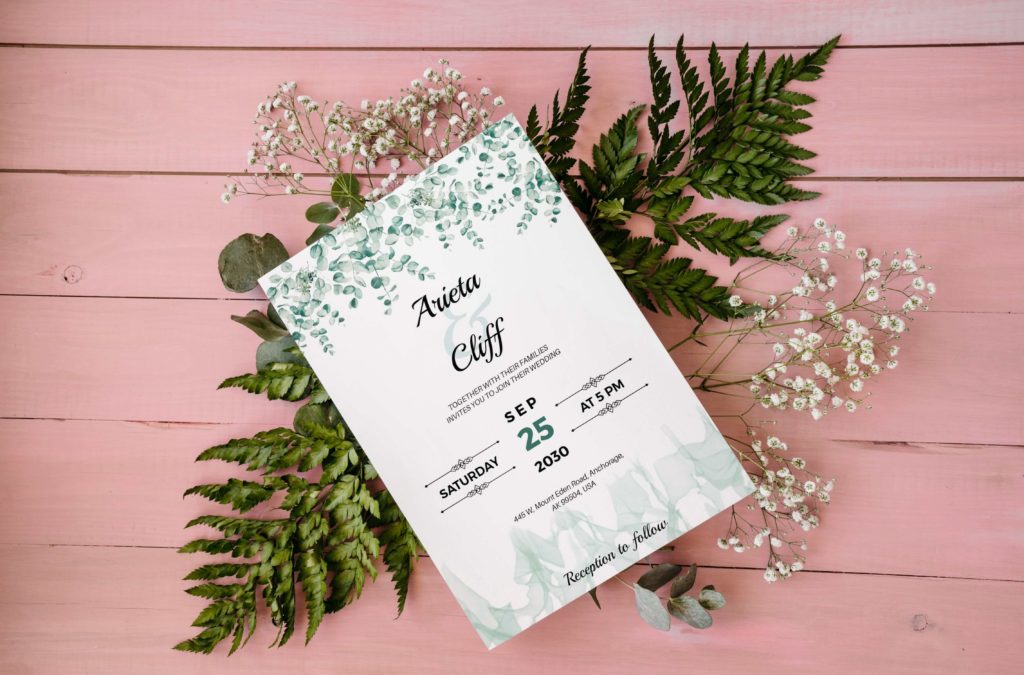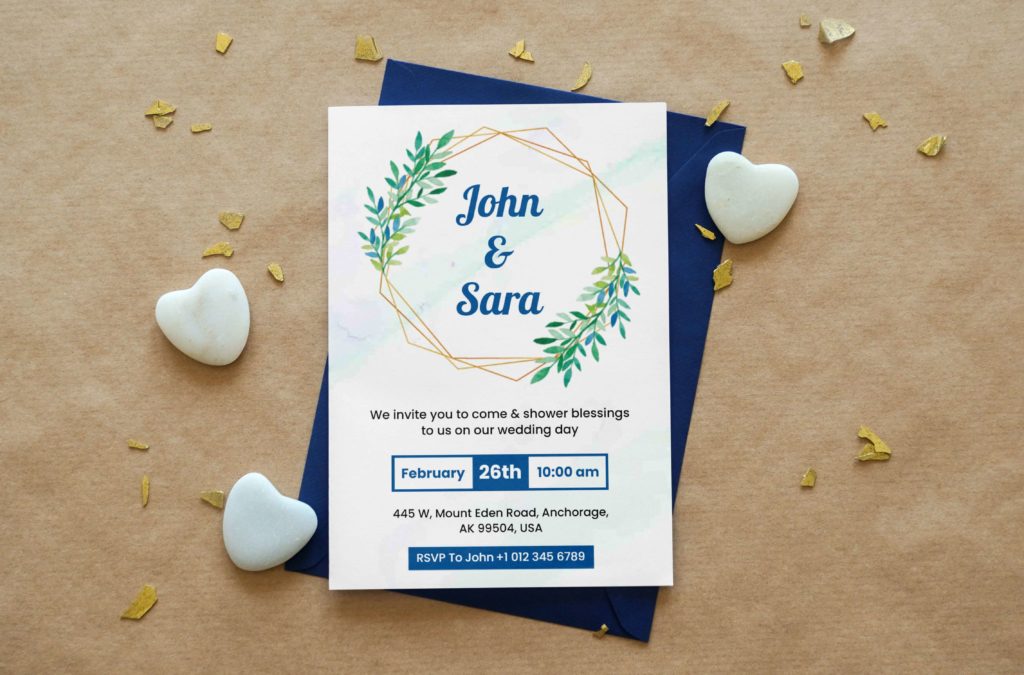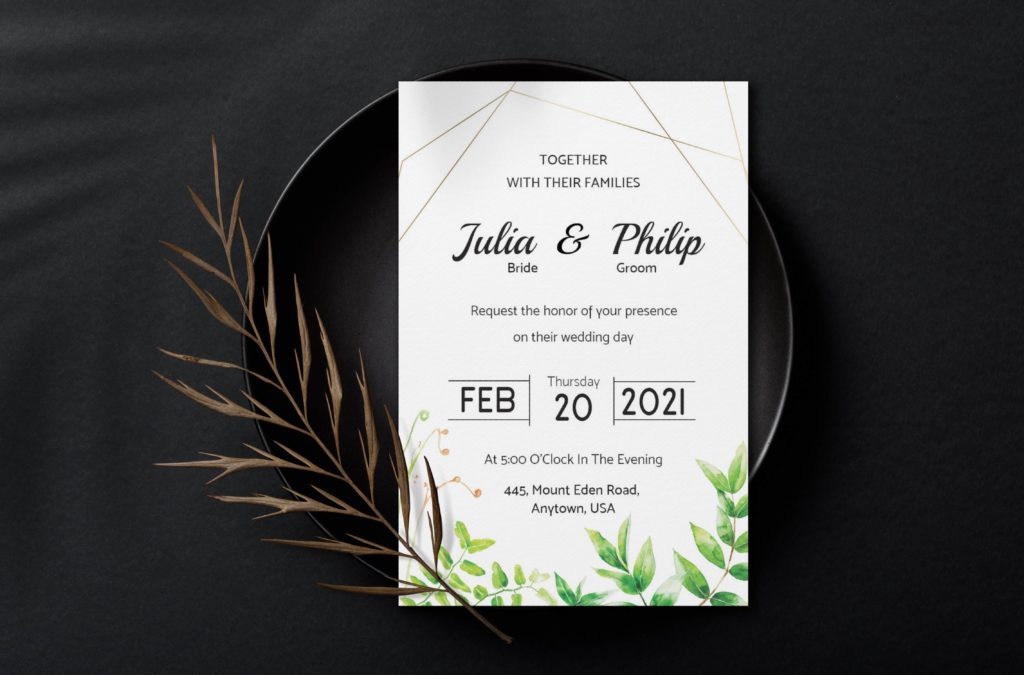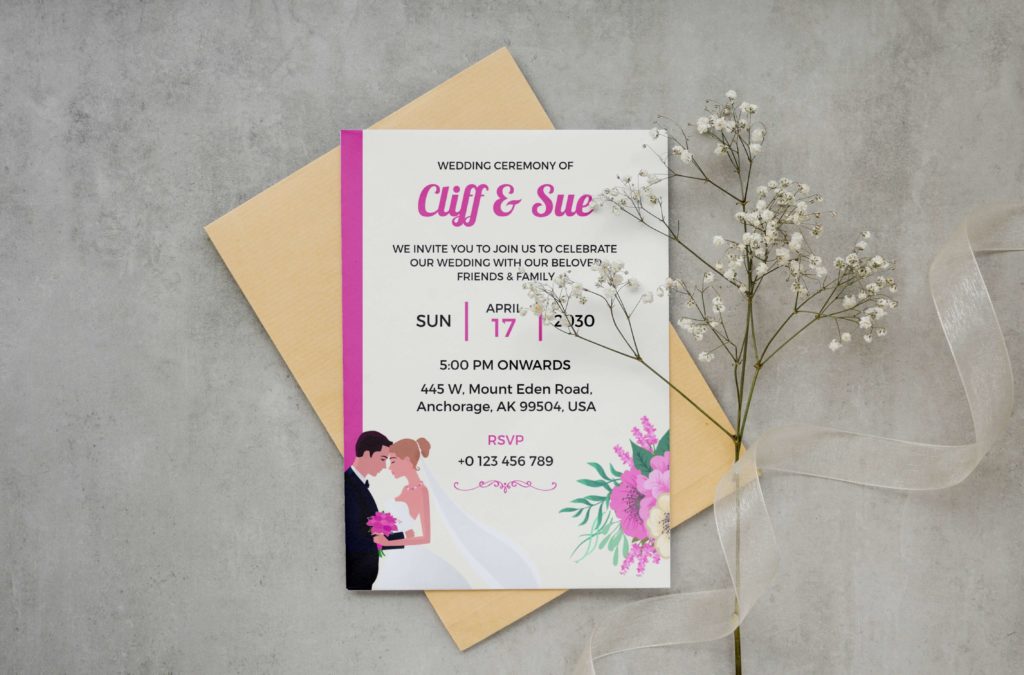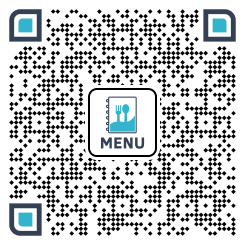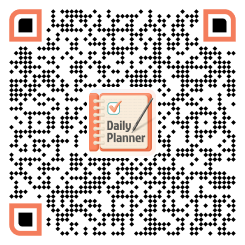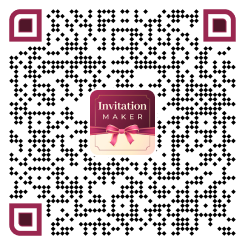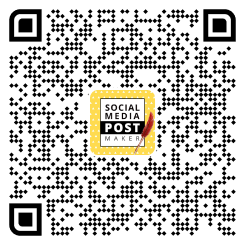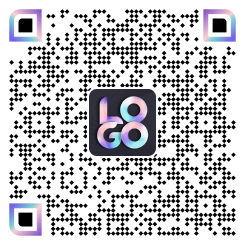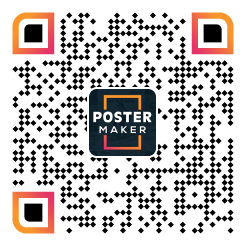Are you looking to design the perfect invitation but not sure which wedding invitation layout will work for you? As you already know, the layout of your wedding invitation plays a crucial role in setting the tone for your big day. But how do you choose the right layout that captures the essence of your special day and leaves a lasting impression?
Before we get started, we must know what the invitation layout is.
The layout of your wedding invitation is the arrangement of all the important details, including the wording, design elements, and overall structure. It is the visual representation of your love story and the celebration you are inviting your loved ones to join.
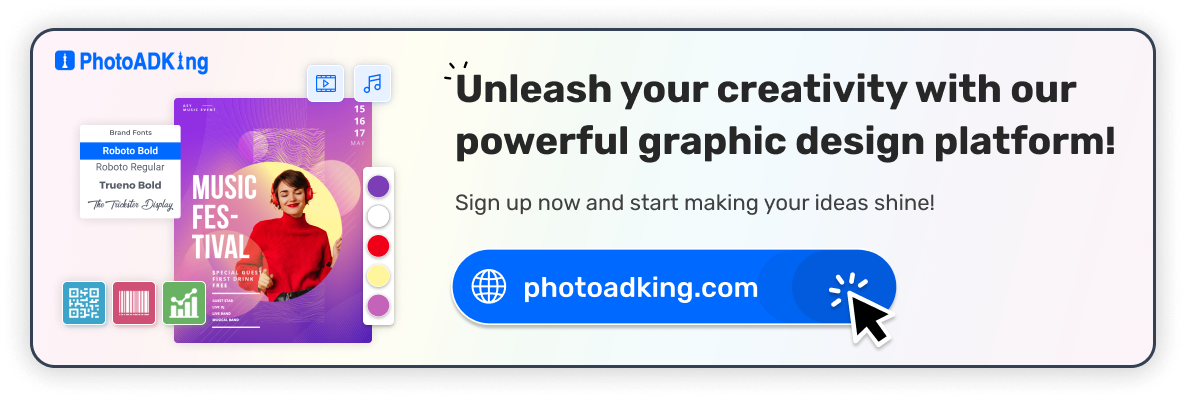
From traditional and elegant to modern and whimsical, the possibilities are endless. Your wedding invitation layout is a reflection of your personal style and sets the stage for what guests can expect on your wedding day.
Planning to make the best invitation but don’t know how to start? Don’t worry; you can go with this amazing PhotoADKing invitation maker tool. This tool provides you with several pre-designed wedding invitation templates, which you can also customize as per your need.
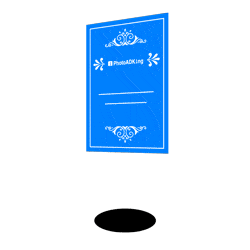
Design a Invitation With PhotoADKing’s Invitation Maker
PhotoADKing’s Invitation Maker allows you to create amazing wedding invitations. Try it out now.
Explore Invitation Maker Now!So, let’s check what you see in this guide. In this blog, we’ll explore some of the most popular wedding invitation layouts, providing inspiration and tips for creating an invitation that perfectly captures the essence of your wedding day. Whether you’re planning a modern and minimalist affair or a romantic and whimsical celebration, there’s a wedding invitation layout out there that’s perfect for you.
Table of Content:
- Key Elements of Wedding Invitation Layout
- Benefits of Perfect Wedding Invitation Layout
- Tips For Creating a Wedding Invitation With Proper Layout
- Conclusion
- FAQs
So, let’s get started and dive into the world of wedding invitation design! Some key elements you must know to design a wedding invitation layout perfectly.
Key Elements of Wedding Invitation Layout
When designing a wedding invitation, certain layout elements should be incorporated to ensure clarity and readability. These elements include headings and subheadings, date, time, and venue information, the names of the couple, RSVP details, additional inserts or cards, and design elements and decorations.
Heading At the Top or Center
Placement: The heading should be positioned prominently, whether at the top, center or aligned to the left or right. The goal is to make it immediately noticeable upon opening the envelope.
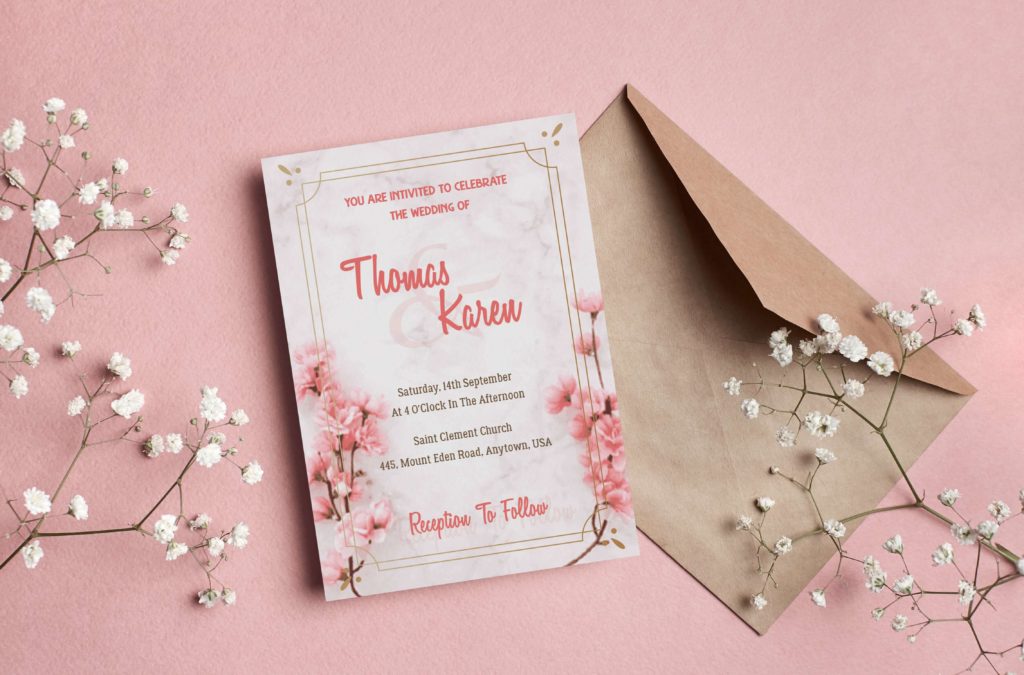
The first element that catches the reader’s attention is the heading. It serves as the main focal point and sets the tone for the entire invitation.
The heading should be bold, clear, and attention-grabbing. It can include the event’s name or a catchy phrase related to the occasion.
Date, Time, and Venue Information At the Center or Bottom
Placement: Typically, these details appear at the bottom of the invitation, either centered or aligned to the left or right.
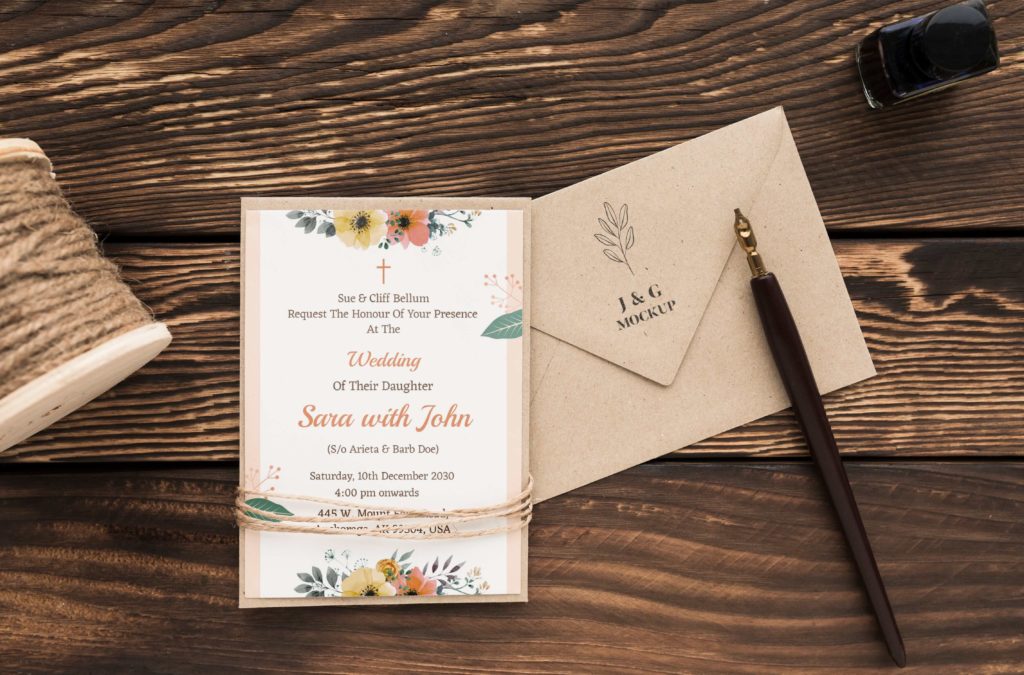
The core details of any event invitation include the date, time, and venue information. It is crucial to present this information clearly and concisely. You can use a larger font size or bold the text to make these details stand out. Including the day of the week along with the date can help guests plan accordingly.
To provide a complete address, including the street name, city, state, and zip code. If the venue is well-known, you may omit the full address and mention only the city and state. However, if the venue is unfamiliar, providing the complete address is essential for ease of navigation.
Names of the Couple At the Top or Center
Placement: Display the names of the bride and groom prominently, usually at the top center of the invitation. This placement draws attention and emphasizes their significance in the event.
For weddings and other couple-centered events, featuring the names of the individuals or the couple is a must. Traditionally, the name of the bride takes precedence and is listed first on the wedding invitation. Following this tradition, the groom’s name follows the bride’s.
Formal invitations issued by the bride’s parents typically refer to the bride by her first and middle names, while the groom is mentioned by his full name and title. However, if the couple is hosting the wedding themselves, the inclusion of titles becomes optional.
Rsvp Details at the Bottom or in a Corner
Placement: In terms of the invitation layout, the RSVP details should ideally be included on a separate card or slip of paper that is included with the invitation. This makes it easy for guests to respond and allows the couple to keep track of who will be attending their special day.
Alternatively, some couples choose to include RSVP details directly on the invitation itself, usually at the bottom or on a corner of the page. This can work well for more informal weddings or if space is limited.
To ensure a smooth event planning process, it’s important to include RSVP details in the invitation.
This information typically includes a deadline for response, a designated contact person or email address, and response card options. If you prefer a digital approach, you can provide a website link or QR code for online RSVPs.
Design Elements and Decorations
Design elements and decorations contribute to the overall aesthetics of the invitation. Choose elements that reflect the theme or style of the event. For formal occasions, opt for elegant and classic designs, while casual events allow for more creative and playful choices. Consider using colors, motifs, or illustrations that resonate with the event’s atmosphere.
Typography and Font Selection
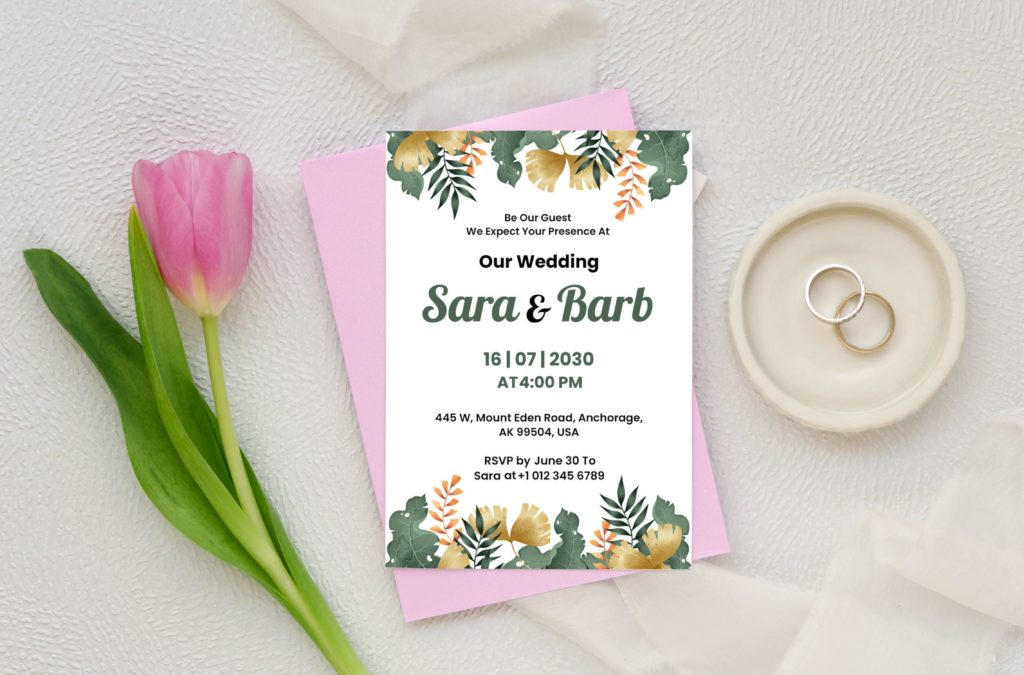
The choice of typography and fonts greatly influences the overall aesthetic of the wedding invitation. It is important to select fonts that are not only visually appealing but also legible and appropriate for the style of the wedding.
When choosing fonts, it is common to pair a decorative or script font with a more legible sans-serif or serif font. This creates a pleasing contrast and ensures readability. Additionally, font sizes should be carefully considered to ensure all information is easily readable, even for older guests.
Colors and Themes
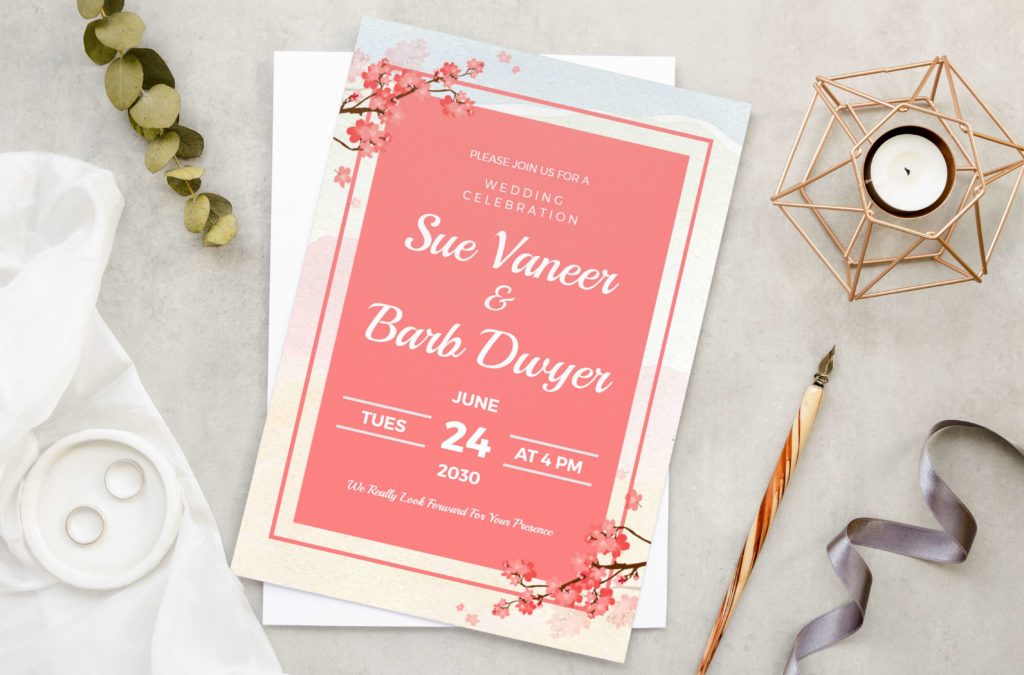
Colors play a vital role in setting the mood and theme of a wedding invitation. Couples should choose colors that align with their chosen wedding theme and reflect their personal style.
Consider incorporating color psychology to evoke specific emotions. For example, soft pastel colors may convey a romantic and whimsical atmosphere, while bold and vibrant colors can create a more energetic and modern feel.
Creating visual harmony with color combinations is important. The colors chosen for the invitation should complement each other and be visually appealing. The use of color swatches or palettes can help ensure consistency throughout the design.
Graphics and Illustrations
Graphics and illustrations can enhance the visual appeal of a wedding invitation. They can include images of the couple, floral motifs, or other relevant illustrations that tie into the wedding theme.
When incorporating graphics, it is important to strike a balance between visuals and text. Graphics should complement the text without overwhelming it. This ensures that the essential information remains clear and readable.
So, with these elements now, you can easily design wedding invitation layouts. So now, let’s check why the perfect wedding invitation layout is beneficial for you. Need more ideas about wedding invitations, then you should check this blog.
Also, Read Related Blogs:
- Wedding Invitation Designs Ideas
- How to Create Invitations Design With PhotoADKing
- Invitation Examples: Creating Memorable Invitations
- Invitation Size – Complete Guide for Design and Print
- Best Fonts for Invitation
- What Are the Different Types of Invitations?
Benefits of Perfect Wedding Invitation Layout
There are many benefits to using a proper wedding invitation layout. Here are a few of the most important ones:
- Clarity: A well-designed invitation will be easy to read and understand. All of the important information, such as the date, time, and location of the wedding, should be clearly visible.
- Professionalism: A professional-looking invitation will make a good impression on your guests. It will show that you have taken the time to plan your wedding carefully and that you are serious about your commitment to your partner.
- Elegance: A well-designed invitation can add a touch of elegance to your wedding. It can help to set the tone for the rest of your special day.
- Uniqueness: Your wedding invitation is a reflection of your personal style. Take the time to create an invitation that is unique to you and your partner.
Alright, so now check some tips for creating wedding invitations. You can also use our graphic design tool to create stunning wedding invitations with a proper layout.
Tips For Creating a Wedding Invitation With Proper Layout
Here are a few tips for creating a wedding invitation with a proper layout:
- Use a consistent font throughout your invitation. This will help to create a sense of unity and make your invitation look more professional.
- Use ample white space. White space can help to make your invitation look more elegant and less cluttered.
- Use a clear and concise font size. Your guests should be able to read your invitation without having to squint.
- Place the most important information at the top of your invitation. This includes the date, time, and location of your wedding.
- Use a visual hierarchy to guide your guests’ eyes. This means placing the most important information at the top of your invitation and then using smaller fonts and less important information as you move down the page.
With a little planning and effort, you can create a wedding invitation that is both beautiful and functional.
Conclusion
The layout elements of a wedding invitation are crucial in conveying information and setting the tone for the wedding. By carefully considering typography, colors, graphics, and other design elements, couples can create invitations that are both visually appealing and informative.
Balancing personalization with proper etiquette and exploring trends and innovations allow for unique and memorable invitations. Whether couples choose to DIY or hire a professional designer, their wedding invitations should reflect their love story and create anticipation for their special day.
So, embrace the opportunity to create beautiful wedding invitations that truly represent your style, love, and the joyous celebration that lies ahead. With PhotoADKing pre-design templates, you can easily design your first invitation.

20,000+ Pre-design Invitation Templates From PhotoADKing
Choose an invitation template from a wide range of collections and customize it with ease.
Explore Invitation TemplatesFAQs
What information should be included in a wedding invitation?
A wedding invitation should include the names of the couple, date, time, and venue information, RSVP details, and any additional inserts or cards for accommodation or direction details.
How can I choose the right colors for my wedding invitations?
When choosing colors for wedding invitations, consider your wedding theme and personal style. You can also incorporate color psychology to evoke specific emotions and create visual harmony.
What are some popular font combinations for wedding invitations?
Popular font combinations include pairing a decorative or script font with a legible sans-serif or serif font. This creates a pleasing contrast and ensures readability.
Can I include a photo in my wedding invitation?
Yes, including a photo of the couple can add a personal touch to the wedding invitation. It helps guests connect with the couple and adds visual interest to the design.
Is it necessary to send save-the-date cards along with the invitations?
While not necessary, save-the-date cards are useful for informing guests about the upcoming wedding well in advance. They allow guests to mark their calendars and make necessary arrangements.

